For many years Isabella had an advice column in a popular Christian magazine. In the column she answered readers’ questions—from a Christian perspective—on a variety of topics.
In 1910 she received this letter from a young woman:
Can you tell some of us girls—who never had a chance to learn much about real, practical, beautiful housekeeping—some way of learning? Are there not schools in cities for this purpose? Or are there not books from which we can learn what we need to know?
We want to understand all kinds or planning and arranging and beautifying and economizing.
We want to be excellent cooks, and to learn much that people whose time is largely spent in school or shop know very little about.
Can you help us with this practical need of ours?”
Here is Isabella’s reply:
It shall be my delight to do so.
Let me first express what a pleasure it is to find that one who can write so charming a letter as accompanied these questions is able to turn her thoughts to this practical subject, and to feel the “need” of knowledge.
Also, I rejoice in the thought that a large number of the letters awaiting attention deal with the same subject. Our lovely, cultured girls, who have had “advantages,” are beginning to feel the importance of understanding the art of home-making.
Schools? Certainly there are. Every city of reasonable size now sends out its circulars announcing a “cooking-school” in regular session through the school year, or in extra session during vacation, or for the winter months.
Better than these opportunities, especially for schoolgirls and those employed in regular work of any kind during the winter, are the cooking-schools that have sprung up in connection with the larger summer “assemblies.”
I am told that every well-established summer resort organized under the peculiar rules that belong to the word “assembly” now has its own fairly well-appointed cooking class or classes. I am, however, most familiar with the one at Chautauqua, N. Y., which is, of course, the mother of all the Chautauquas, and is and must always be the first in all ways.
Mrs. Emma P. Ewing, who, as everyone knows, has no superior in her department, conducts regularly at Chautauqua, N. Y., during the eight weeks’ season, a thoroughly equipped cooking-school, with its normal department, its “practice class,” its lecture course, and its final examination.
Nothing more fascinating than the way in which Mrs. Ewing manages the entire matter can well be imagined. It has been my pleasure to be often in her classroom, to admire the white table set out with all the belongings for the day, sometimes arranged for the purpose of making delicious soups and white sauces and delicate desserts, sometimes planned for the purpose of showing what a study in refinement and beauty and excellence a breakfast of lamb chop and creamed potatoes and corn puffs may become.
Every conceivable branch of the culinary art is taught here. Pies, puddings, cakes, sauces, gravies, roasts, fries, stews, each come in for a full share of careful consideration.
Let me confess just here that a very fascinating part of the daily class exercise is the careful “tasting” of whatever article of food has been prepared before our eyes. For this purpose scholars go to the class armed each with a silver spoon, or fork, as occasion may require, and a napkin.
Delicious beyond description are the spoonfuls of broth or “white soup” or bouillon that one thus enjoys, to say nothing of the marvellous concoctions made with a spoonful or two of cream, a cup of fruit-juice, a dash of sugar, and a little gelatine; to say nothing, moreover, of the delicious creams and ices and “foams” and innumerable other forms to delight the palate.
Not only can the making and cooking of all these dishes be thoroughly learned at this summer school, but there are classes formed for the special purpose of training the pupils in the art of setting the table neatly and gracefully, of clearing away skillfully, of selecting dishes that harmonize with others, of explaining the difference between a refined abundance and a sinful waste.
There are bills of fare arranged for summer, for winter, for the trying springs and falls. There is careful attention paid to the novice who does not know whether to buy steak “by the yard” or piece, or whether to try to have strawberries and green peas in February, or to wait until they are less flavored with money.
In short, anything that one needs to learn about housekeeping, as connected with the kitchen and storeroom, may be acquired at this summer cooking-school. Moreover, the teacher is so gentle voiced and sympathetic, and so thoroughly ladylike, that it is simply a pleasure to watch her and listen to her. It would be difficult to imagine anyone farther removed from the “fussy” or the hurried and nervous stage of housekeeping than Mrs. Ewing.
No matter how much it may sound like it, my dear girls, this is not an advertisement of the Chautauqua cooking-school. The truth is, that favored spot needs no advertising; its classes are always full, and application has to be made some time in advance. It is simply an honest effort to answer an honest and often repeated question about learning how.
Meantime, do you know, dear girls, what delightful institutions home cooking-clubs are? Why not organize one in your own circle?
Select one evening or afternoon a week out of your busy lives. Meet around at one another’s homes; find out the specialty of each mother or grandma or auntie; and petition for a lesson in her line—a “normal” lesson, where you can have the privilege of furnishing your own materials, and doing exactly what the teacher does, and carry home the result in triumph. Some of the most fascinating evenings I have ever known were spent in this way.
Try it, and see how much, at the end of a year, you will have added to your stock of practical knowledge.
What do you think of Isabella’s advice?
Where and when did you learn to cook? Have you ever taken a cooking class or joined a cooking club?
You can read some of Emma P. Ewing’s cookbooks for free! Just click on any of the titles below to view them on Archive.org.
The Art of Cookery; a Manual for Homes and Schools



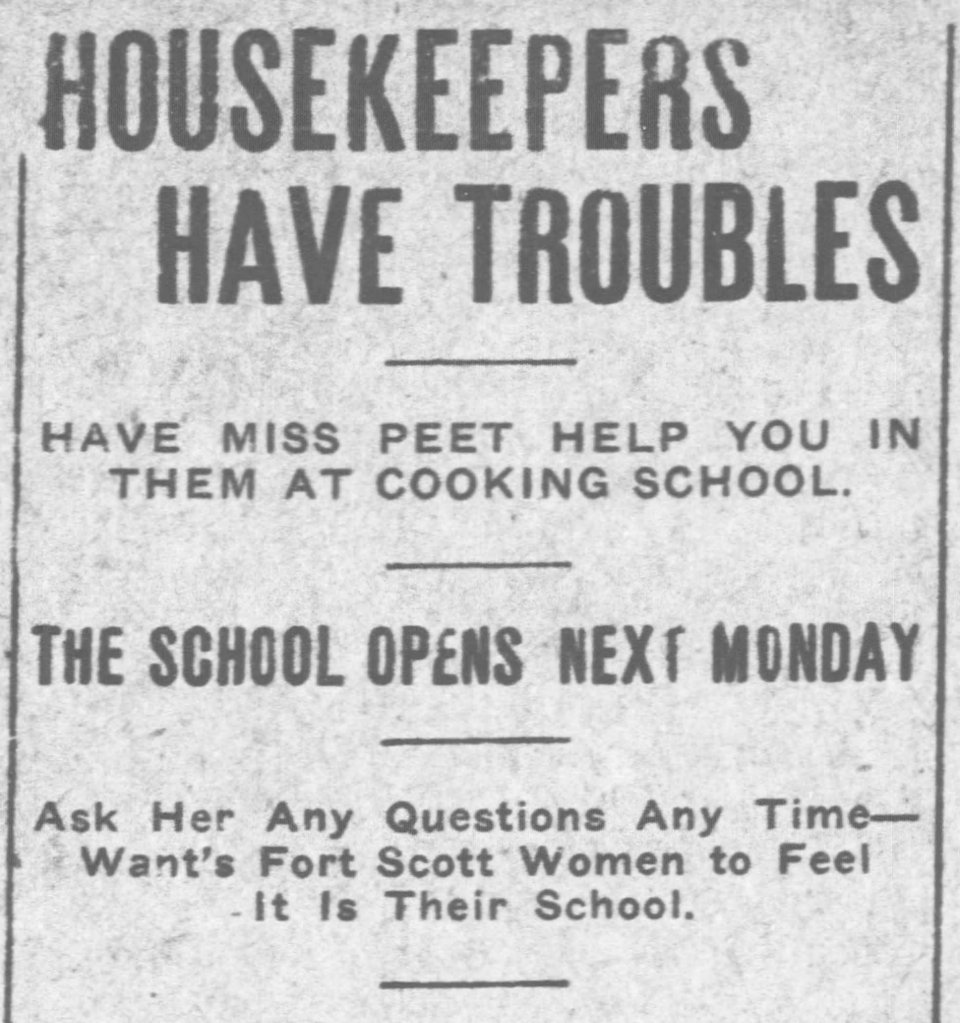
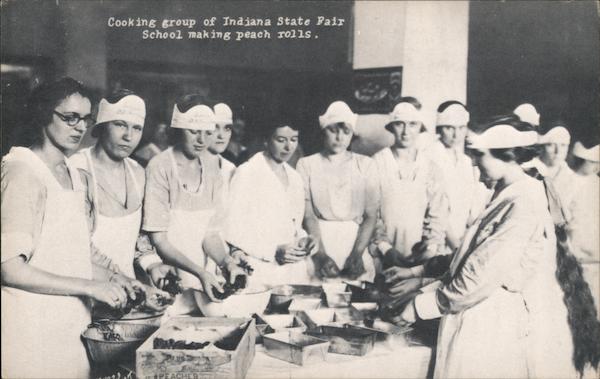

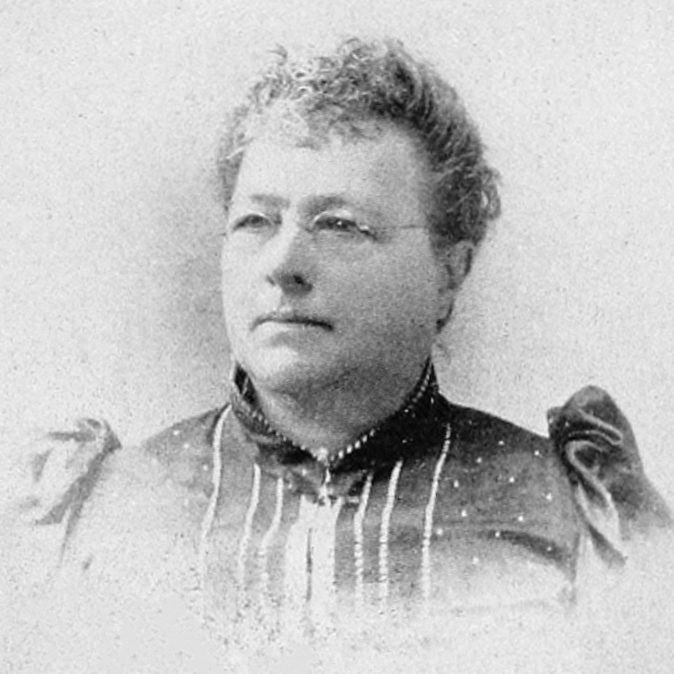
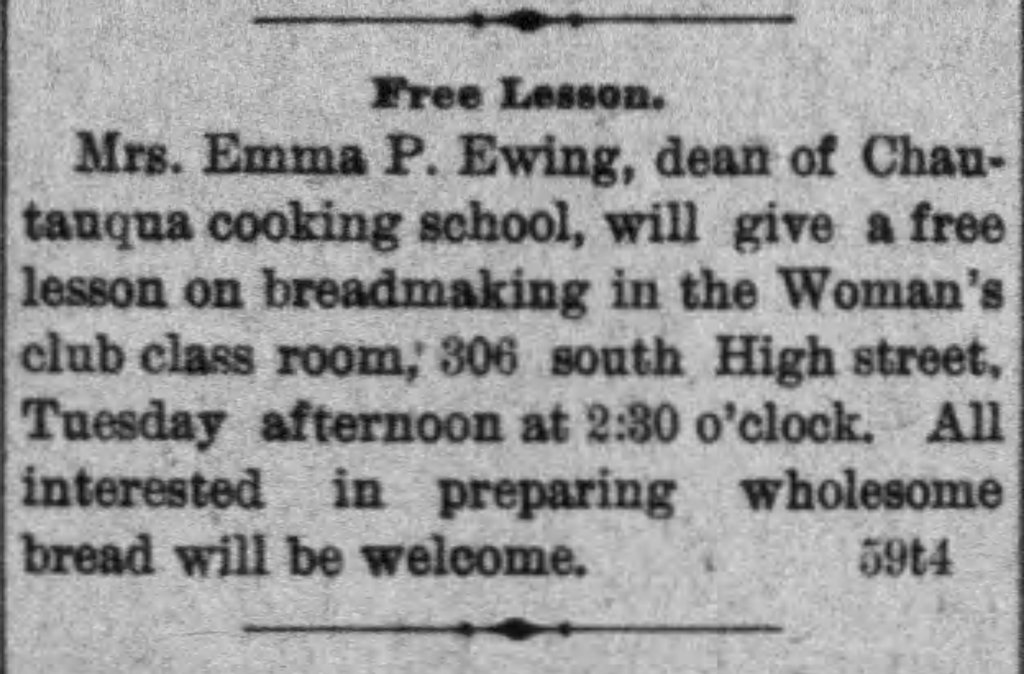
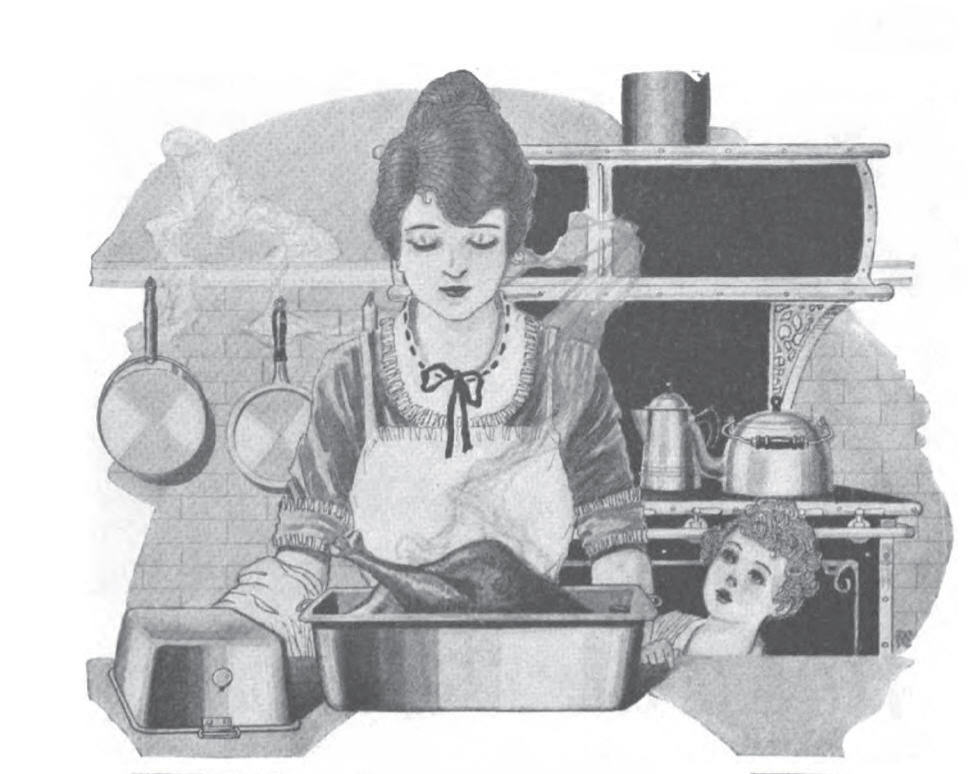
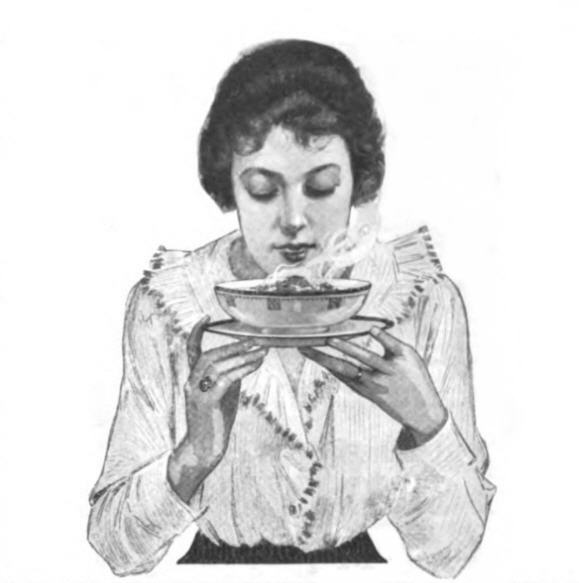
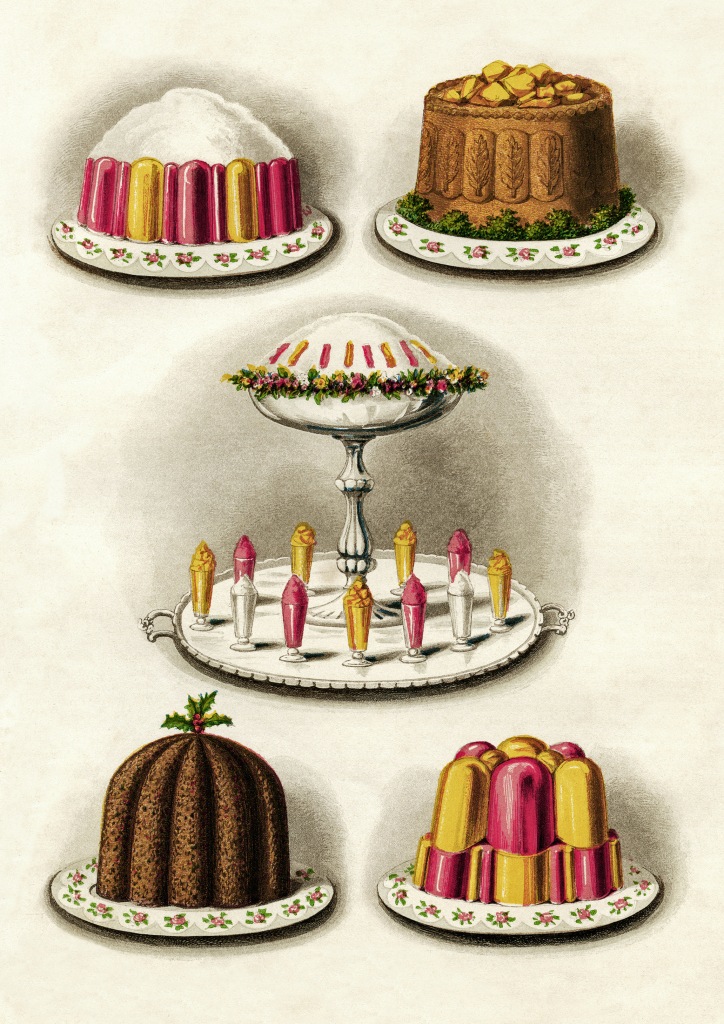
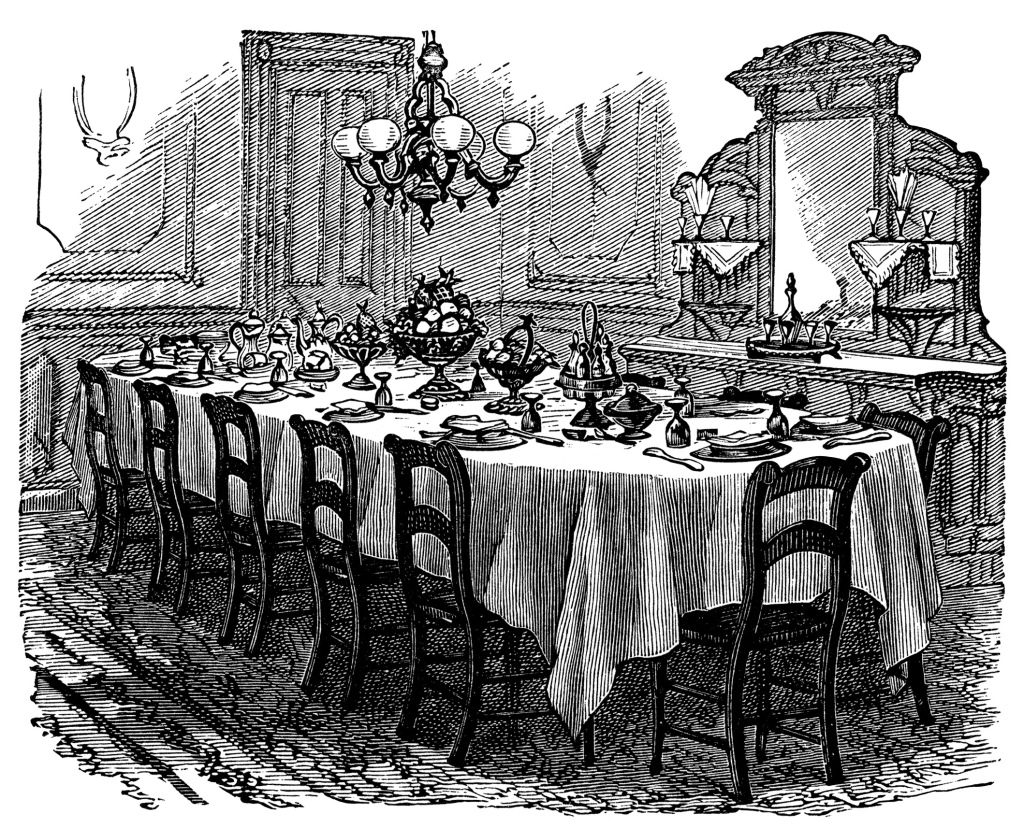
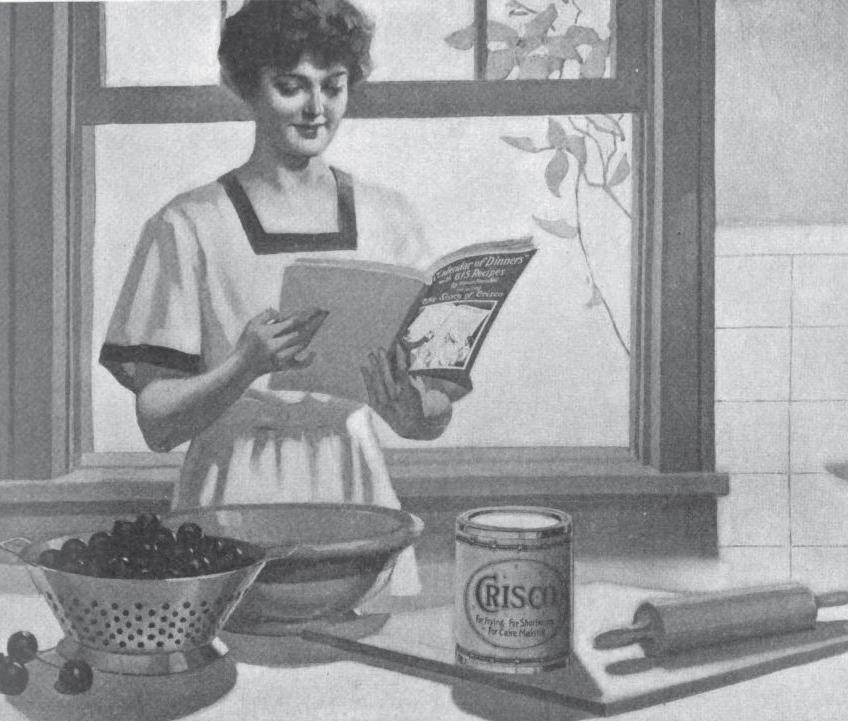
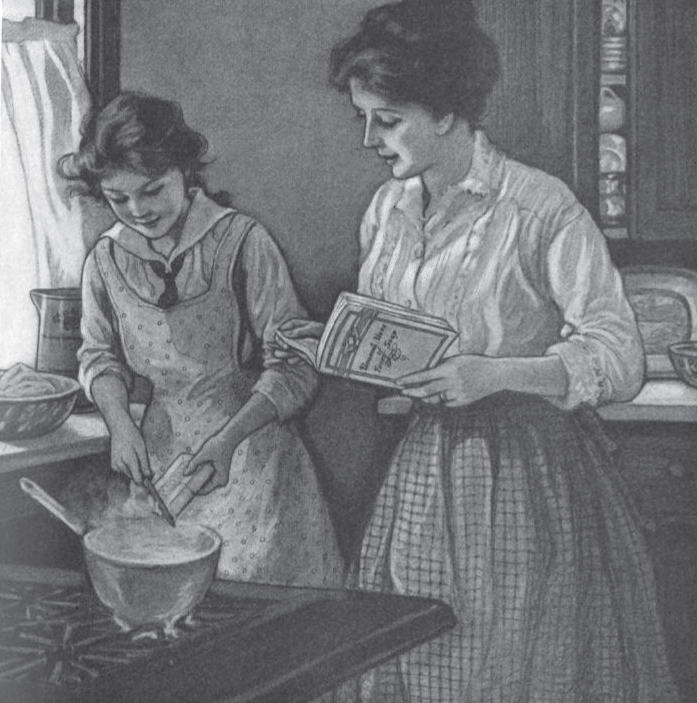

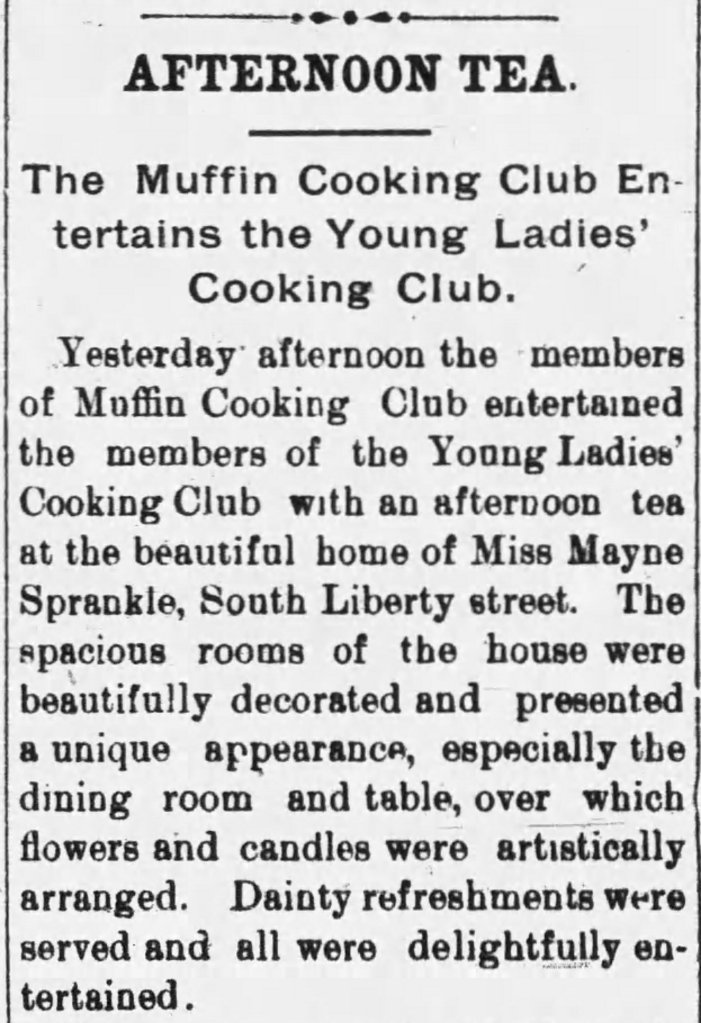


Oh, isn’t this delightful? I learned cookery as well as many home skills from my dear mother. But I also attended home economics class in junior high. There we learned how to cook, how to sew, how to determine the harmony of our silver, crystal, and porcelain patterns, how to balance a budget, and the importance of homemaking overall. I suspect little, if any, of that is taught today in modern curriculum, and more’s the pity!
I had similar classes in junior high. In addition to everything you mentioned, I learned to keep a checking account and write a shopping list with each item priced out so I knew how much I’d spend before I got to the store—a lesson I still use today. —Jenny